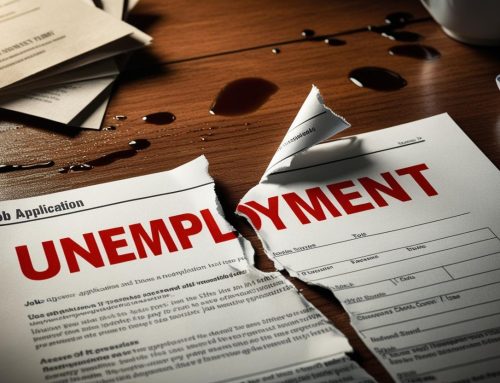October 27, 2023
- The monthly CPI indicator rose 5.6% in the 12 months to September.
- The most significant price rises were Housing (+7.2%), Transport (+9.4%), and Food and non-alcoholic beverages (+4.7%).
Monthly Overview
The monthly CPI indicator rose 5.6% in the 12 months to September, up from a rise of 5.2% in August.
The annual movement for the monthly CPI indicator excluding volatile items and holiday travel rose 5.5% in September, in line with the rise of 5.5% in August. This series excludes Fruit and vegetables, Automotive fuel, and Holiday travel and accommodation.
Annual trimmed mean inflation was 5.4% in September, down from the rise of 5.6% in August.
New dwellings and Rents
New dwelling prices rose 4.9% in the 12 months to September, reflecting high labour and material costs. Despite the slight increase from last month’s annual movement of 4.8%, the rate of price growth has eased since last year reflecting improvements in the supply of materials and subdued new demand.
Rent prices increased 7.6% in the 12 months to September 2023, down from 7.8% in August. In monthly terms, Rent prices rose 0.3% in September, down from 0.7% rise in August. The increase in rents this month was moderated by changes to the Commonwealth Rent Assistance scheme. From 20 September the maximum rate available for rent assistance increased by 15% on top of the regular biannual indexation. While the scheme applied for only part of the September month, it reduced the overall increase in rents by 0.4 percentage points. This change will also flow through to next month’s Rents index. Rental price growth continues to reflect strong demand for rental properties and tight rental markets.
Electricity
Electricity prices rose 18.0% in the 12 months to September 2023, up from a rise of 12.7% in August. The increase in the annual movement was driven by annual price reviews in July, combined with base effects from the large monthly price fall in September 2022 no longer contributing to the annual movement.
Electricity prices rose 0.2% in the month of September 2023, after a fall of 1.3% in August.
Gas and other household fuels
Gas prices rose 12.7% in the 12 months to September, down slightly from a rise of 12.9% in August. The increase in gas prices is due to price reviews in January 2023 and July 2023, reflecting higher wholesale gas prices. In monthly terms, Gas prices had a small rise of 0.1% in September, down from the rise of 0.4% in August.
Food and non-alcoholic beverages
Food and non-alcoholic beverage prices rose 4.7% in the 12 months to September, up from the rise of 4.4% in August. The main contributors were Food products n.e.c. (+6.8%) and Bread and cereal products (+8.9%). Fruit and vegetable prices were 5.4% lower compared to 12 months ago with improved weather conditions leading to increased supply.
In monthly terms, Food and non-alcoholic beverage prices fell 0.4%, driven by price falls for Fruit and vegetables (-3.1%), Meat and seafoods (-0.6%) and Dairy and related products (-0.5%).
Tobacco
Tobacco prices rose 7.5% in the 12 months to September. This is the highest annual increase since August 2021. In monthly terms, prices for Tobacco rose 4.8% in September 2023, up from the rise of 0.4% in August. The increase this month was driven the 5% annual tobacco excise indexation and biannual Average Weekly Ordinary Time Earnings increase, which were both applied on 1 September.
Holiday travel and accommodation
Holiday travel and accommodation prices rose 1.9% in the 12 months to September, down from 6.6% in August. This is the lowest annual rise since February 2022 and down from the peak of 29.3 in December 2022.
In monthly terms, Holiday travel and accommodation prices rose 4.3%, following a fall of 3.9% in August. This was driven by an increase in demand for both domestic and international holiday travel, in line with the school holiday period in September.
Child care
Child care prices fell 6.0% in the 12 months to September, due to a fall of 13.1% in the month of September. This fall in out-of-pocket costs was driven by the changes to the Child Care Subsidy (CCS) that came into effect from 10 July 2023. The increase in subsidy rate was partly offset by child care fee increases.
Child care is measured on a quarterly bases in the monthly CPI indicator. While the changes to the CCS came into effect in July, the changes were first captured in September in the monthly CPI indicator.
Source: Australian Bureau of Statistics
Legal Notice: The information in this article is intended for information purposes only. It is not intended for professional information purposes specific to a person or an institution. Every institution has different requirements because of its own circumstances even though they bear a resemblance to each other. Consequently, it is your interest to consult on an expert before taking a decision based on information stated in this article and putting into practice. Neither Karen Audit nor related person or institutions are not responsible for any damages or losses that might occur in consequence of the use of the information in this article by private or formal, real or legal person and institutions.






